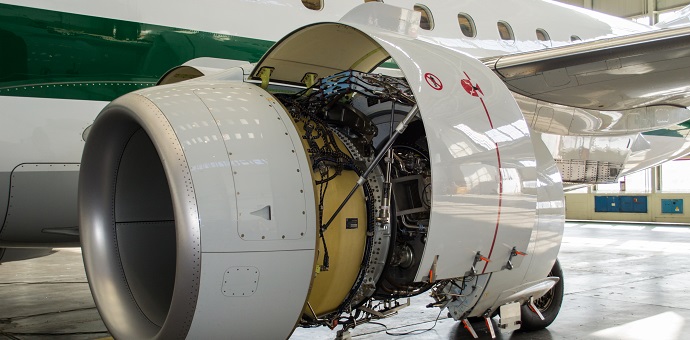Steve Bentley CEO of Sofema www.sassofia.com and Sofema Online www.sofemaonline.com takes a look at the “nuts & bolts” of the reliability function within the Continuing Airworthiness Management Organisation (CAMO)
Introduction
The purpose of a reliability program is to ensure that the aircraft maintenance program tasks are effective and their periodicity is adequate, in addition, the reliability program may result in the escalation or deletion of a maintenance task, as well as the de-escalation or addition of a maintenance task.
Background
Every year over 3 billion people travel on commercial aircraft worldwide and the trend is expected to rise for the foreseeable future. Currently, there are over 23000 passenger and cargo aircraft operating and a few 1000’s in storage.
Both reliability and safety are very high on the list of priorities which are promoted by airline operators. For obvious reasons news regarding incidents and accidents
Has a very wide audience and it is imperative for the aviation industry to self-regulate and maintain very strict reliability requirements.
Aircraft operability is the aircraft’s ability to meet the operational requirements in terms of operational reliability (i.e. the percentage of scheduled flights that depart and arrive without incurring a chargeable technical/operational interruption).
This is just one part of the story however because Airlines are not in business for benevolence, they are driven by profit and an effective reliability system can have a positive effect on the airlines bottom line.
Reliability Centred Maintenance (RCM)
During analysis in the 1960’s ( A pre-cursor to the development of MSG processes) Nowlan & Heap were able to determine that in the case of aircraft component failures, only 11% of the analysed components showed a degrading failure characteristic that would justify a scheduled maintenance program, while the rest exhibits random failure characteristics.
RCM delivers a cost-effective maintenance strategy focusing on the preservation of critical system functions, components and systems are prioritised based on the criticality of the consequences of their failures.
Note – Random failures cannot be mitigated by maintenance activities whether by scheduled overhaul or replacement.
Reliability is a Key Driver to ensure Continuing Airworthiness
Aircraft are designed to comply with regulatory safety criteria which for large aircraft will be found in CS-25 / FAR 25- 1309 system safety assessment. (SSA)
Verification and validation activities are undertaken as part of the certification process and reliability is assessed on an ongoing basis as part of the management of continuing airworthiness.
Reliability programs form an essential element of the continuing airworthiness process and in fact, are mandatory when aircraft are managed using MSG 2 or 3 Methodology.
Whilst the primary purpose is to demonstrate the effectiveness of the Aircraft Maintenance Program, we can use the reliability program to support both the optimisation and development of the maintenance program.
Maintenance policies are selected for the dominant failure causes of the preventable failures. Other failures are either tolerated or discounted by the use of system and or component redundancy
Sofema Aviation Services www.sassofia.com offers EASA compliant reliability system implementation training as well as understanding the mathematics of reliability. For further details please email office@sassofia.com





